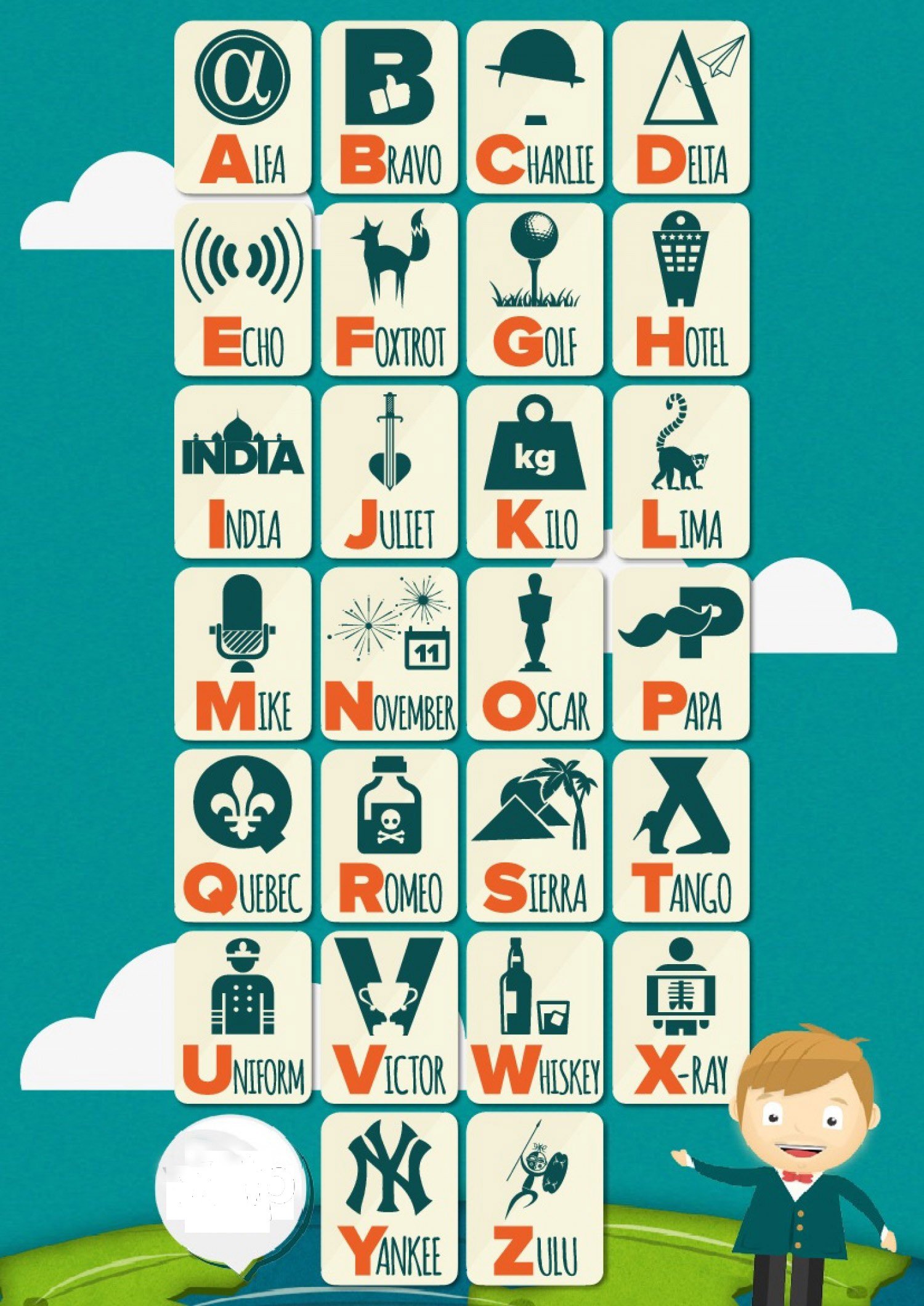
On the surface, it looks exactly the same as French, English and other languages, but if you pay close attention to both the pronunciation of the individual letters and another curious detail, which we’ll reveal later on, you will discover that there are many differences. The Italian alphabet derives from the ancient Latin alphabet and is made up of 21 letters, including sixteen consonants and five vowels. Let’s take a look at the aspects that clearly distinguish the Italian alphabet from those of other languages. Here are some links to online phonetic dictionaries.When learning a language, one of the first aspects that we must analyse is the alphabet, or more specifically, the ordered sequence of letters and sounds that allow us to read and write.
#IPA TALKING ALPHABET SOFTWARE#
Searchable online phonetic dictionaries, and searchable software version, can help to construct more interesting, beautiful-sounding pieces of work. In addition to rhyme, poets use repetition of other sounds to engage a reader and to express different emotions. Alliteration, assonance, rhyme, and consonance refer to the way certain parts of words sound like one another. Phonetic dictionaries are very useful tools for writers and poets as well. Some teachers are beginning to use phonetic dictionaries with pictures as a way to aid younger students who are just learning to read-being able to learn bigger words and understand how those words are put together through phonics can result in better listening comprehension, and can aid the young boy or girl as he or she begins to identify and sound out words. These are particularly helpful to non-native English speakers who are proficient in reading and understanding the written language, but have trouble speaking it and comprehending it when it is spoken. For example, students who are unfamiliar with the English language might pick up a phonetic dictionary to accustom themselves with the way a word is intended to sound, which helps with pronunciation, identification, and comprehension of English words. Just about anyone can use a phonetic dictionary. These words would be listed in order of pronunciation with other words that have the same beginning sound, whether the word begins with “fee,” “fi,” “phi” or “fei.” A phonetic dictionary might list the word as being pronounced “fee-ahn-sey” or “fee-ahn-say,” with the accent on the bolded portion of the word. Other dictionaries might use still other standardized forms of phonetic pronunciation for example, “fē'än-sā'.” However, a phonetic dictionary takes the IPA pronunciation and shows the way the word is pronounced in a particular language. The IPA lists the pronunciation of this word as either “fiɑn’seɪ” or “fi’ɑnseɪ.” To most people, these symbols look quite foreign. “Fiancée” can actually be pronounced in one of two ways-with the accent on the second or third syllable. Take, for example, the common word “fiancée,” a woman engaged to be married. Then, they list the newly spelled (or misspelled) words in alphabetical order. Phonetic dictionaries often do two things: first, they will take the IPA recommended pronunciation of a word and convert it into more common characters.
#IPA TALKING ALPHABET HOW TO#
Plus, if a person already knows how to pronounce a word but simply cannot find the definition, they’re still stuck. The IPA symbols are difficult to learn, almost like trying to learn another whole language on its own. Over the last century, most revisions contained changes in organization of the alphabet, changes in the typeface of certain symbols, and the addition or subtraction of symbols when a sound became necessary or irrelevant. This sound is used mostly in African languages. The most recent revision took place in May 2005, most notably with the addition of the labiodental flap, whereby the bottom lip is placed behind the upper teeth and then “flapped” outwards, making a specific sound. After many substantial revisions, today there are 107 symbols that represent consonants and vowels, 31 symbols stand for diacritics, which help specify these sounds even further, and 19 symbols are used to help indicate tone, stress, intonation, and length of sounds. Upon noticing the complexities of a single symbol standing for another sound in multiple languages, Paul Passy, a French linguist and a group of his fellow peers established a revision of the IPA in 1888 to make a uniform set of symbols to be used in all languages. Originally, it stood for the English “c” and the “x” in French. For instance the “ʃ“ symbol stands for the sh in shout. In its inception in 1886, the IPA originally had each symbol qualifying as a different sound in each alphabet.



Purpose & History of the International Phonetic Alphabetīorrowing from the Latin language, the International Phonetic Alphabet (IPA) focuses on providing a symbol for each particular sound in all languages.


 0 kommentar(er)
0 kommentar(er)
